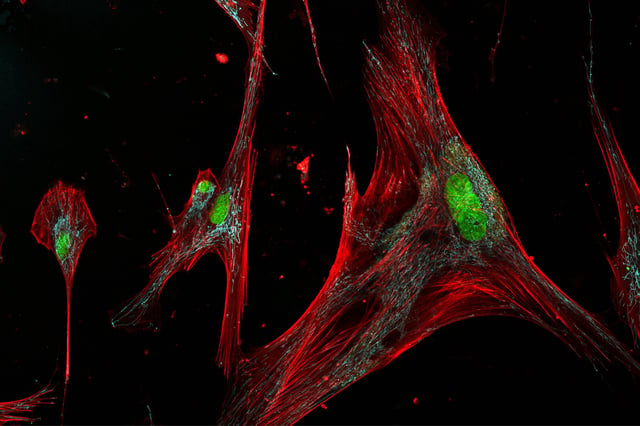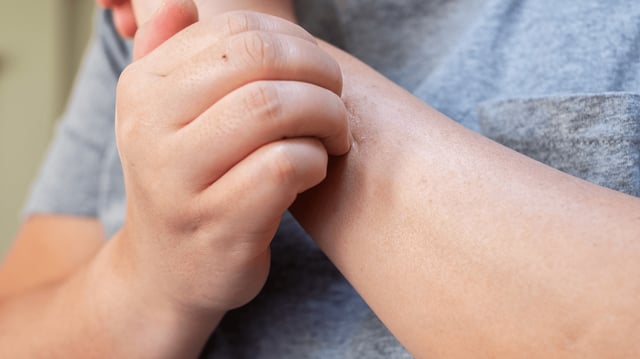Overview
- Researchers from Johns Hopkins University classified senescent skin fibroblasts into three distinct subtypes—C7, C10, and C11—using machine learning and imaging technology.
- The study found that the C10 subtype is more prevalent in older individuals, linking it to age-associated cellular changes.
- The senolytic drug combination Dasatinib + Quercetin was effective in clearing the C7 subtype but showed limited efficacy against the age-associated C10 subtype.
- These findings open the door for the development of subtype-specific senotherapies to target harmful cells while preserving beneficial ones, reducing risks of inflammation and disease.
- Future research aims to map the roles of these subtypes in skin and age-related diseases using patient tissue samples, moving beyond laboratory studies.

